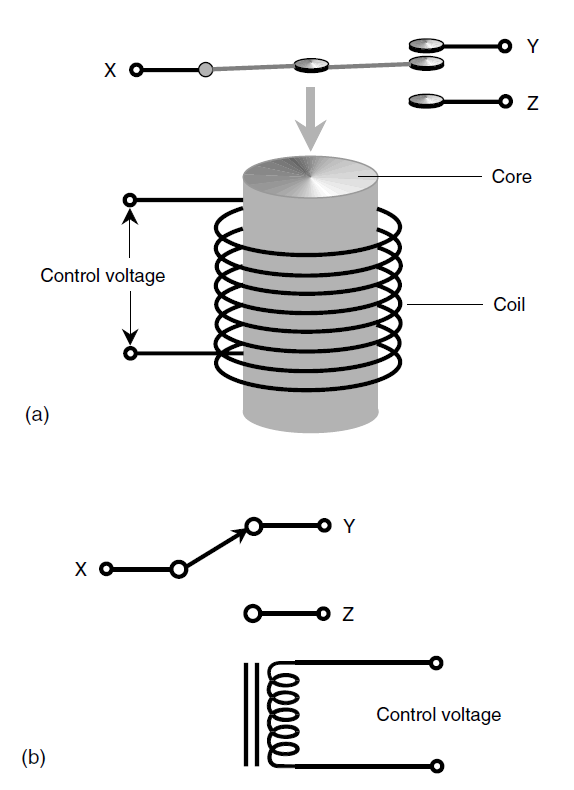
تاريخ الفيزياء

علماء الفيزياء


الفيزياء الكلاسيكية

الميكانيك

الديناميكا الحرارية


الكهربائية والمغناطيسية

الكهربائية

المغناطيسية

الكهرومغناطيسية


علم البصريات

تاريخ علم البصريات

الضوء

مواضيع عامة في علم البصريات

الصوت


الفيزياء الحديثة


النظرية النسبية

النظرية النسبية الخاصة

النظرية النسبية العامة

مواضيع عامة في النظرية النسبية

ميكانيكا الكم

الفيزياء الذرية

الفيزياء الجزيئية


الفيزياء النووية

مواضيع عامة في الفيزياء النووية

النشاط الاشعاعي


فيزياء الحالة الصلبة

الموصلات

أشباه الموصلات

العوازل

مواضيع عامة في الفيزياء الصلبة

فيزياء الجوامد


الليزر

أنواع الليزر

بعض تطبيقات الليزر

مواضيع عامة في الليزر


علم الفلك

تاريخ وعلماء علم الفلك

الثقوب السوداء


المجموعة الشمسية

الشمس

كوكب عطارد

كوكب الزهرة

كوكب الأرض

كوكب المريخ

كوكب المشتري

كوكب زحل

كوكب أورانوس

كوكب نبتون

كوكب بلوتو

القمر

كواكب ومواضيع اخرى

مواضيع عامة في علم الفلك

النجوم

البلازما

الألكترونيات

خواص المادة


الطاقة البديلة

الطاقة الشمسية

مواضيع عامة في الطاقة البديلة

المد والجزر

فيزياء الجسيمات


الفيزياء والعلوم الأخرى

الفيزياء الكيميائية

الفيزياء الرياضية

الفيزياء الحيوية

الفيزياء العامة


مواضيع عامة في الفيزياء

تجارب فيزيائية

مصطلحات وتعاريف فيزيائية

وحدات القياس الفيزيائية

طرائف الفيزياء

مواضيع اخرى
A RELAY
المؤلف:
S. Gibilisco
المصدر:
Physics Demystified
الجزء والصفحة:
363
11-10-2020
1729
A RELAY
In some electronic devices, it is inconvenient to place a switch exactly where it should be. For example, you might want to switch a communications line from one branch to another from a long distance away. In wireless transmitters, some of the wiring carries high-frequency alternating currents that must be kept within certain parts of the circuit and not routed out to the front panel for switching. A relay makes use of a solenoid to allow remote-control switching.
A drawing and a diagram of a relay are shown in Fig. 1. The movable lever, called the armature, is held to one side by a spring when there is no current flowing through the electromagnet. Under these conditions, terminal X is connected to terminal Y but not to terminal Z. When a sufficient

Fig. 1. (a) Pictorial drawing of a simple relay. (b) Schematic symbol for the same relay.
current is applied, the armature is pulled over to the other side. This disconnects terminal X from terminal Y and connects X to Z.
There are numerous types of relays, each used for a different purpose. Some are meant for use with dc, and others are for ac; some will work with either ac or dc. A normally closed relay completes a circuit when there is no current flowing in its electromagnet and breaks the circuit when current flows. A normally open relay is just the opposite. (Normal in this sense means “no current in the coil.”) The relay shown in Fig. 1 can be used either as a normally open or normally closed relay depending on which contacts are selected. It also can be used to switch a line between two different circuits.
These days, relays are used only in circuits and systems carrying extreme currents or voltages. In most ordinary applications, electronic semiconductor switches, which have no moving parts and can last far longer than relays, are preferred.
 الاكثر قراءة في الكهرومغناطيسية
الاكثر قراءة في الكهرومغناطيسية
 اخر الاخبار
اخر الاخبار
اخبار العتبة العباسية المقدسة

الآخبار الصحية















 قسم الشؤون الفكرية يصدر كتاباً يوثق تاريخ السدانة في العتبة العباسية المقدسة
قسم الشؤون الفكرية يصدر كتاباً يوثق تاريخ السدانة في العتبة العباسية المقدسة "المهمة".. إصدار قصصي يوثّق القصص الفائزة في مسابقة فتوى الدفاع المقدسة للقصة القصيرة
"المهمة".. إصدار قصصي يوثّق القصص الفائزة في مسابقة فتوى الدفاع المقدسة للقصة القصيرة (نوافذ).. إصدار أدبي يوثق القصص الفائزة في مسابقة الإمام العسكري (عليه السلام)
(نوافذ).. إصدار أدبي يوثق القصص الفائزة في مسابقة الإمام العسكري (عليه السلام)


















